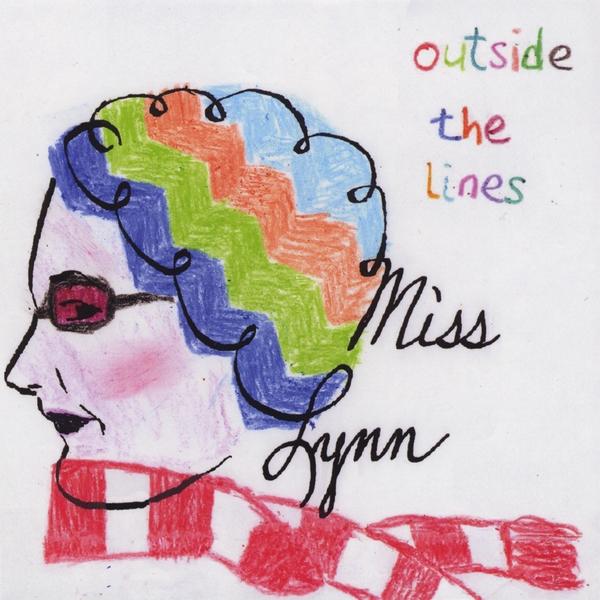
Zatorre, Robert
product information
description
8Why do we love music? What enables us to create it, perceive it, and enjoy it? In From Perception to Pleasure, Robert Zatorre provides answers to these questions from the perspective of cognitive neuroscience, explaining how we get from perception of sound patterns to pleasurable responses. The book is organized around a central thesis: that pleasure in music arises from interactions between cortical loops that enable processing of sound patterns, and subcortical circuits responsible for reward and valuation. This model integrates knowledge derived from basic neuroscience of the auditory system and of reward mechanisms with the concept that perception and pleasure depend on mechanisms of prediction, anticipation, and valuation. The first part of the book describes the pathways to and from the auditory cortex that generate internal representations of musical structure at different levels of abstraction, which then interact with memory, sensory-motor, and other cognitive mechanisms that are essential to perceive and produce music. The second part of the book focuses on the functional anatomy of the dopaminergic reward system; its involvement in musical pleasure; the links between prediction, surprise, and complexity; and what happens when the system is disrupted. The book is richly illustrated to help the reader follow the scientific findings. Most of all, From Perception to Pleasure provides an integrative model for a large body of scientific knowledge that explains how patterns of abstract sounds can generate profoundly moving hedonic experiences.
member goods
No member items were found under this heading.
Return Policy
All sales are final
Shipping
No special shipping considerations available.
Shipping fees determined at checkout.







